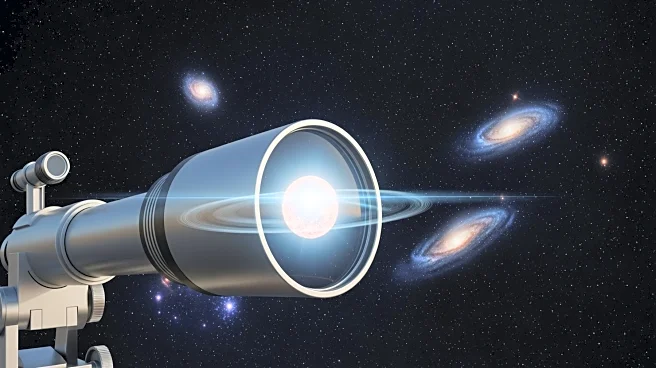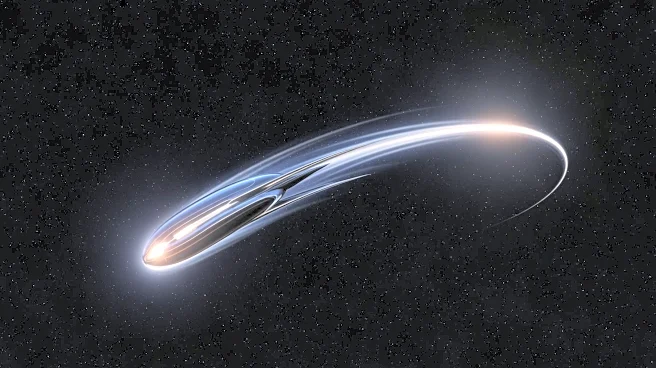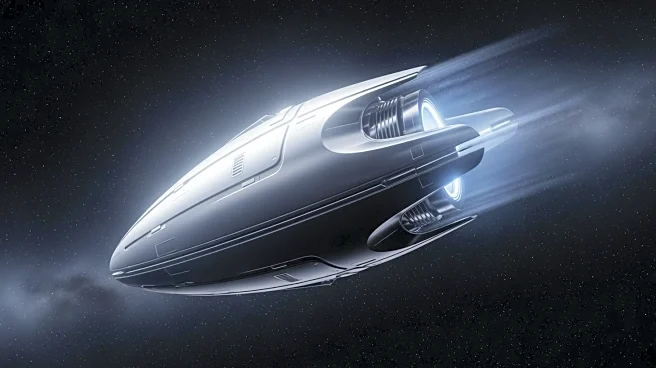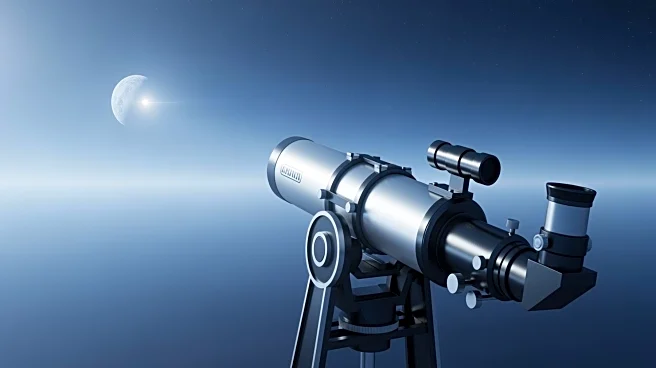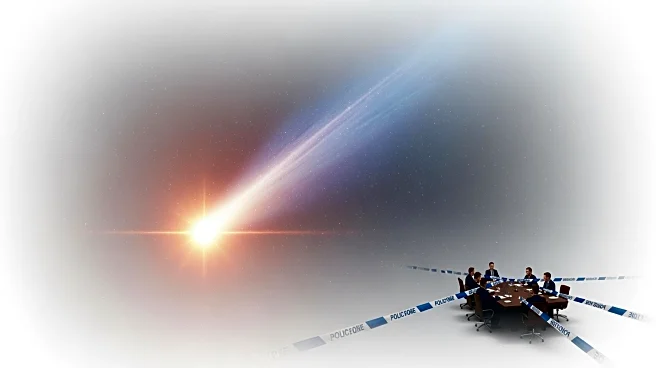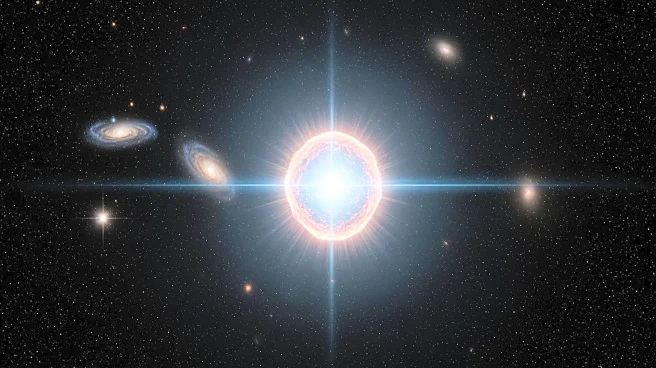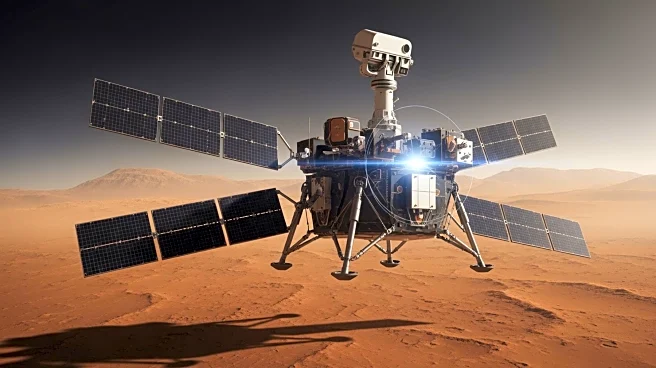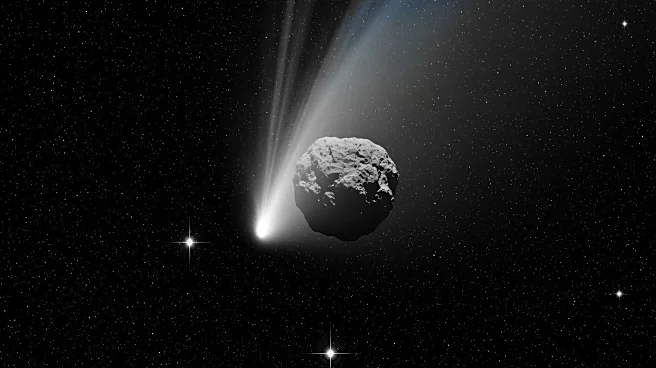What's Happening?
The interstellar object 3I/ATLAS has exhibited signs of non-gravitational acceleration as it passed near the sun, capturing the attention of the global scientific community. This phenomenon was discussed
by Avi Loeb from the Harvard Institute in an interview with NBC News' Gadi Schwartz. The object, which is currently passing by Mars, has been a subject of intrigue due to its mysterious origins and unusual trajectory. The non-gravitational acceleration suggests that forces other than gravity are influencing its path, prompting further investigation into its composition and potential origin.
Why It's Important?
The discovery of non-gravitational acceleration in 3I/ATLAS is significant as it challenges existing understanding of interstellar objects and their behavior. This could have implications for the study of similar objects in the future, potentially altering theories about the forces at play in space. For the scientific community, this represents an opportunity to explore new hypotheses about the nature of interstellar travel and the composition of such objects. The findings could also influence future space missions and the development of technology aimed at studying or intercepting interstellar objects.
What's Next?
As 3I/ATLAS continues its journey across the solar system, scientists are expected to conduct further observations and analyses to better understand the forces affecting its trajectory. This may involve international collaboration among space agencies and research institutions to gather more data. The insights gained could lead to advancements in space exploration technology and strategies for monitoring interstellar objects. Additionally, the scientific community may propose new missions to study similar phenomena, potentially leading to groundbreaking discoveries about the universe.
